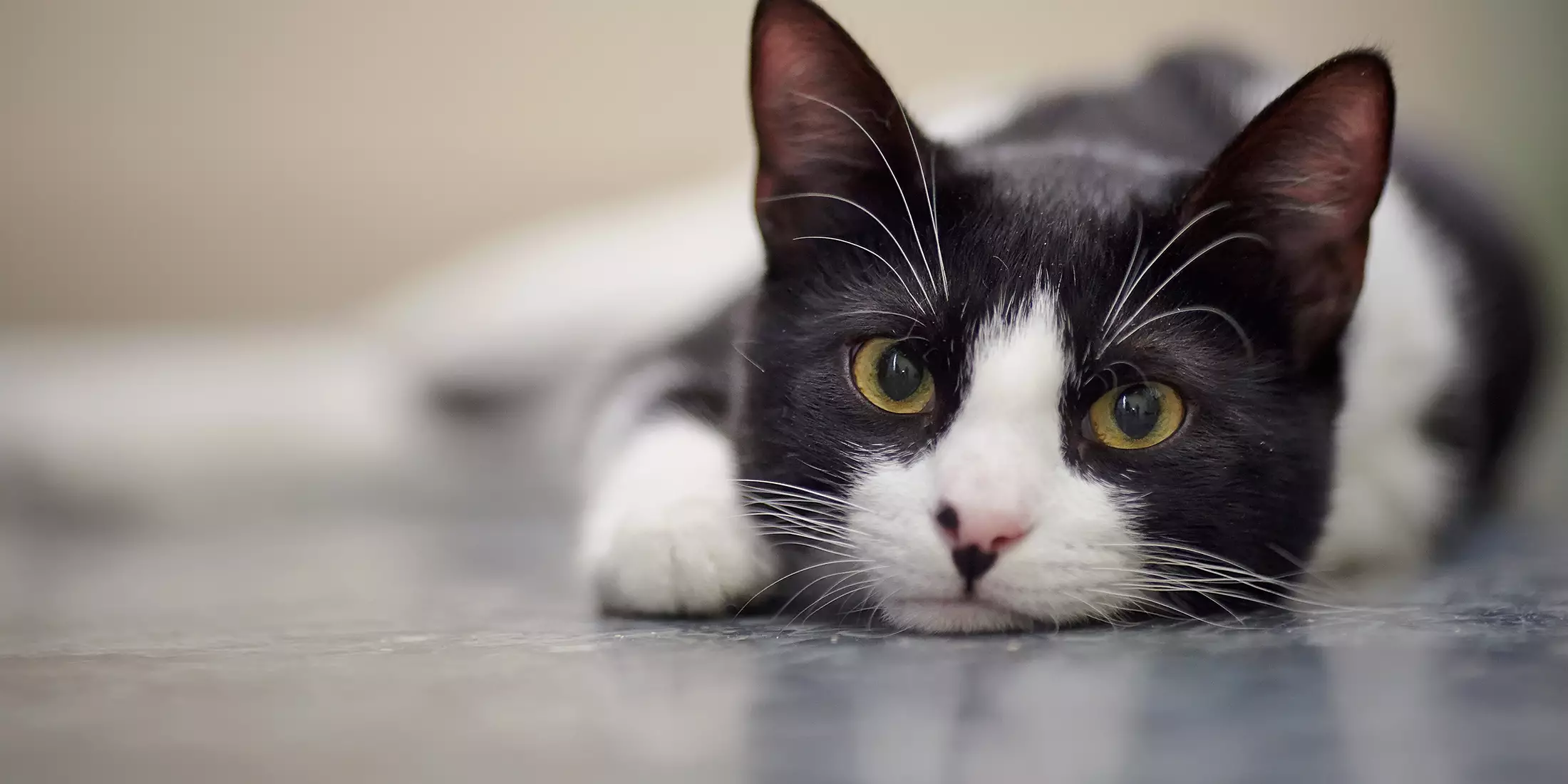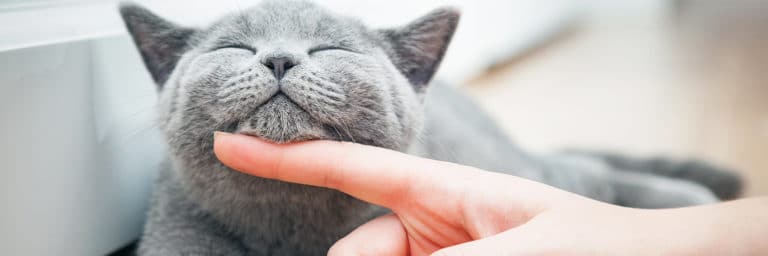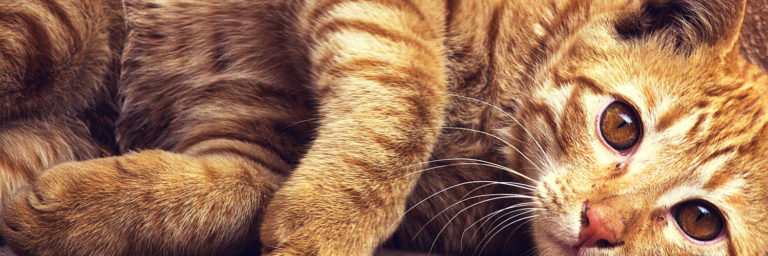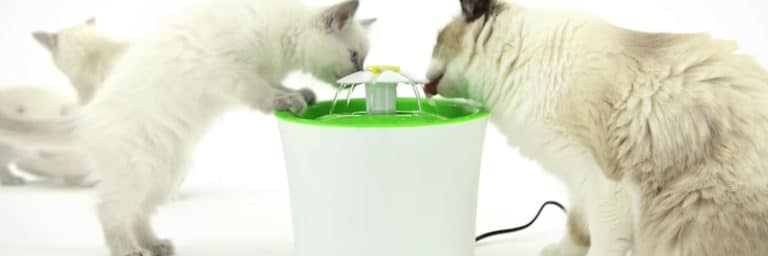Feline Distemper: A Guide for Cat Owners
Contents of Article
Feline panleukopenia is a highly contagious viral disease among cats. The life-threatening condition, also known as feline distemper, is caused by a virus that attacks blood cells in the body, especially those in the bone marrow and intestinal tract. It also damages stem cells of the fetus in a pregnant kitty. Since the condition affects blood cells, it can result in anemia, exposing the kitty’s body to infections.
Causes of Feline Distemper
Feline panleukopenia virus is a single-stranded virus that causes feline distemper. The cat’s bodily secretions, such as urine, saliva, are responsible for shedding the virus, also known as feline parvoviral enteritis, into the environment. However, the infection is shed most commonly through feces. Once shed, the virus spreads through the cat’s food and water bowls, pet bedding, and litter boxes. It may even spread to the owner’s clothing. Any kitten or cat that comes into direct contact with the contaminated objects or the infected kitty can easily become infected.
Kittens can acquire the viral disease in utero. They are also exposed to the disease through breast milk of an infected nursing mother.
Cats are vulnerable to infection during summer months, especially if they go outdoors and come into direct contact with other animals, including infected cats.
Symptoms of Feline Distemper
Feline panleukopenia is common among the unvaccinated cat population. The virus can survive for years in the contaminated environment. Kittens between 2-6 months of age and pregnant cats are highly vulnerable to the virus. Fortunately, the cats that have once contracted the infection and survived become immune from feline panleukopenia.
Some of the symptoms of feline distemper include:
- A runny nose and breathing difficulty
- Discharge from eyes that may become watery and runny
- Excessive sneezing that does not go away easily
- A temperature of more than 104 degrees
- Loss of sense of balance due to the viral attack on the kitty’s cerebellum
- Dehydration due to high temperature
- Nerve damage from feline parvo may cause walking difficulties
- Bouts of diarrhea due to the spread of infection to the intestines or bone marrow
- Frequent vomiting episodes
- Complete loss of interest in eating anything despite appearing hungry
- Lack of energy
- Excessive sleeping
- Aggressive behavior, excessive meowing, or hissing as a sign of depression
- Reduced White Blood Cell Count
- Frequent illness episodes
- Isolation
Pregnant cats infected with panleukopenia may have an abortion. They are more likely to have stillborn kittens. However, some kittens may be born with nervous system problems, including lack of motor coordination. Some kittens may suffer from abnormalities of the retina.
Diagnosis of Feline Distemper
The veterinarian will examine the physical symptoms. Give the vet as much detail as possible because FPV symptoms can mimic other conditions, including pancreatitis, poisoning, and feline leukemia.
He may require a thorough history of your cat’s health and recent activities. Inform the vet whether the kitty has recently come into contact with other animals. The veterinarian may be interested to know if she is often allowed to go outdoors, because it is where the highest risk is.
He will perform routine lab tests to diagnose the condition. This may include a urinalysis, complete blood count, and biochemistry profile. The blood count may show a decreased white blood count because the feline parvovirus kills the cells that divide rapidly. In some cats, the number of platelets may be extremely low.
Feline Distemper Treatment
The viral infection requires aggressive treatment. Treatment may involve blood transfusion, intravenous fluids, and vitamin B, IV antibiotic injections to prevent septicemia.
A good supportive care is essential to help your cat recover fully from the infectious disease.
With supportive care, you can help your kitty recover from the infectious panleukopenia. Provide her with a warm, isolated space, away from other pets and children. However, your furry friend requires affection, love, and support to recover from the depressive symptoms often associated with the disease, which can have negative effects on her physical and mental health.
Since a kitty suffering from the infection is more likely to suffer from dehydration, intravenous or subcutaneous administration of fluids is a must. Severely affected cats may require blood transfusions.
The vet may prescribe a medication to stop vomiting. He may suggest putting the kitty on an antibiotic therapy as a preventative measure against a bacterial infection. B vitamin shots may be given to the infected cat.
Your furry friend can be placed on a bland diet after the vomiting stops. With appropriate supportive care, your cat can recover fully, though it may take her a few weeks to get back to her normal self.
Vaccination is the most important tool to safeguard your cat from feline distemper. Unvaccinated pregnant cats are vulnerable to fatal complications. The developing fetuses are at a high risk of being born with severe developmental dysfunctions.







